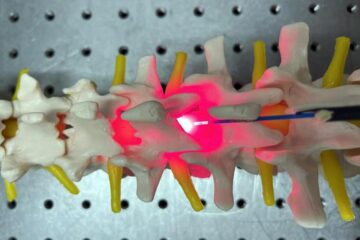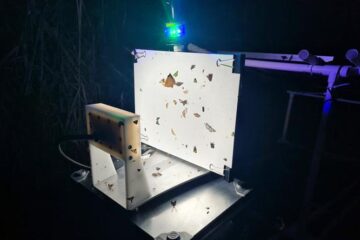Pumpkin: A fairytale end to insulin injections?

A group, led by Tao Xia of the East China Normal University, found that diabetic rats fed the extract had only 5% less plasma insulin and 8% fewer insulin-positive (beta) cells compared to normal healthy rats (Journal of the Science of Food and Agriculture, 87(9) 1753-7 2007).
Xia says: ‘pumpkin extract is potentially a very good product for pre-diabetic persons, as well as those who have already developed diabetes.’ He adds that although insulin injections will probably always be necessary for these patients, pumpkin extract could drastically reduce the amount of insulin they need to take.
David Bender, sub-dean at the Royal Free and University College Medical School, London, says: ‘this research is very exciting… the main finding is that feeding pumpkin extract prevents the progressive destruction of pancreatic beta-cells… but it is impossible to say whether pumpkin extract would promote regeneration in humans.’ He added: ‘I think the exciting thing is that this may be a source of a medication that could be taken by mouth.’
The protective effect of pumpkin is thought to be due to both antioxidants and D-chiro-inositol, a molecule that mediates insulin activity. Boosting insulin levels has the effect of lowering blood sugar levels, which reduces levels of oxidative oxygen species that damage beta-cell membranes, preventing further damage and allowing for some regeneration. Beta cells levels in the diabetic rats are, however, unlikely ever to reach that of controls, because some of the cells will have been damaged beyond repair.
Diabetes affects more than 230m people, almost 6% of the world's adult population, according to the World Diabetes Foundation. The rats used in this study represent type I diabetes, but the researchers believe the pumpkin extract may also play a role in type II diabetes.
Media Contact
All latest news from the category: Life Sciences and Chemistry
Articles and reports from the Life Sciences and chemistry area deal with applied and basic research into modern biology, chemistry and human medicine.
Valuable information can be found on a range of life sciences fields including bacteriology, biochemistry, bionics, bioinformatics, biophysics, biotechnology, genetics, geobotany, human biology, marine biology, microbiology, molecular biology, cellular biology, zoology, bioinorganic chemistry, microchemistry and environmental chemistry.
Newest articles

Red light therapy for repairing spinal cord injury passes milestone
Patients with spinal cord injury (SCI) could benefit from a future treatment to repair nerve connections using red and near-infrared light. The method, invented by scientists at the University of…

Insect research is revolutionized by technology
New technologies can revolutionise insect research and environmental monitoring. By using DNA, images, sounds and flight patterns analysed by AI, it’s possible to gain new insights into the world of…

X-ray satellite XMM-newton sees ‘space clover’ in a new light
Astronomers have discovered enormous circular radio features of unknown origin around some galaxies. Now, new observations of one dubbed the Cloverleaf suggest it was created by clashing groups of galaxies….





















